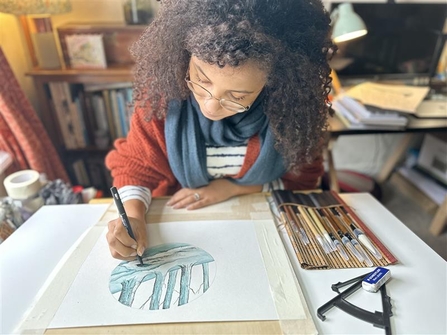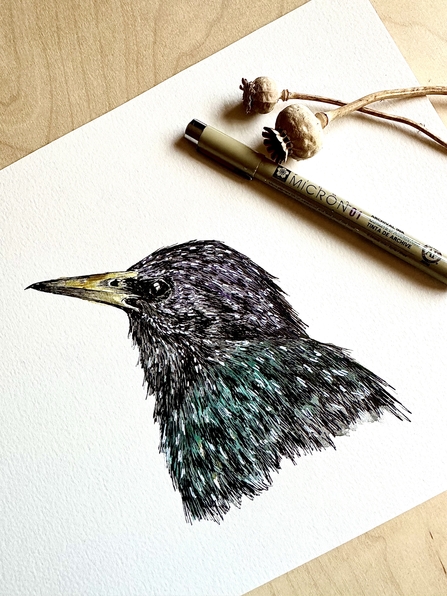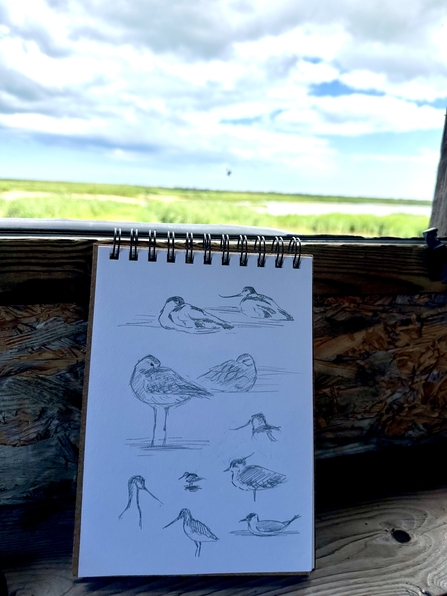Drawing and art is a brilliant way to connect to the wild world around us. It offers a unique perspective on our own relationship with nature and an expression of what we see in front of us.
It can also help us understand more about nature and learn new things about even the most common of species. Through drawing, I have learnt to appreciate the everyday encounters with wildlife, and not just the rare and exotic.








